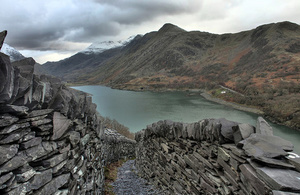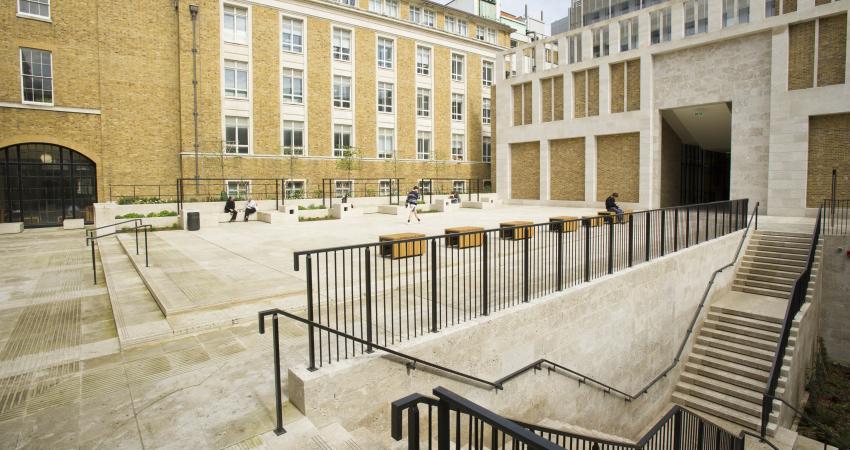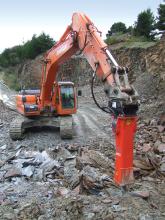
The Slate Landscape of North-West Wales is the UK government's next preferred nomination for UNESCO World Heritage site status.
The area runs throughout the county of Gwynedd, and is said to have “roofed the 19th century world” as slate from its quarries and mines was exported around the globe.
The landscape was assessed for World Heritage Status by a UK panel of experts this summer and it will be formally presented to UNESCO next year.
It will then be considered by the International Council of Sites and Monuments followed by the World Heritage Committee in 2021. Should it be approved, the Slate Landscape will join locations including Grand Canyon National Park, The Great Barrier Reef and the Lake District as a designated World Heritage Site.
Making the nomination, the UK government said the site was the world’s greatest exporter of slate during the mid-19th century, becoming a key part of the social and economic fabric of North Wales. It added that the slate produced from the area also had a significant impact on global architecture with its materials used on a vast range of buildings, from terraces to palaces all around the world.
Michael Ellis, Minister for Arts, Heritage and Tourism, said: "Gwynedd’s slate landscape is hugely important. Its vast quarries and mines have not only shaped the countryside of the region but also countless buildings across the UK and the world."
If inscribed the Slate Landscape would be the fourth World Heritage Site in Wales, alongside the Blaenavon Industrial Landscape, the Castles and Town Walls of King Edward at Gwynedd and the Pontcysyllte Aqueduct.
The UK currently has 31 other World Heritage sites and can nominate one site per calendar year. Jodrell Bank Observatory was nominated in January 2018, and has recently undergone an evaluation mission by UNESCO’s expert advisers. A decision on inscription for that site will take place during the annual committee meeting next summer.









